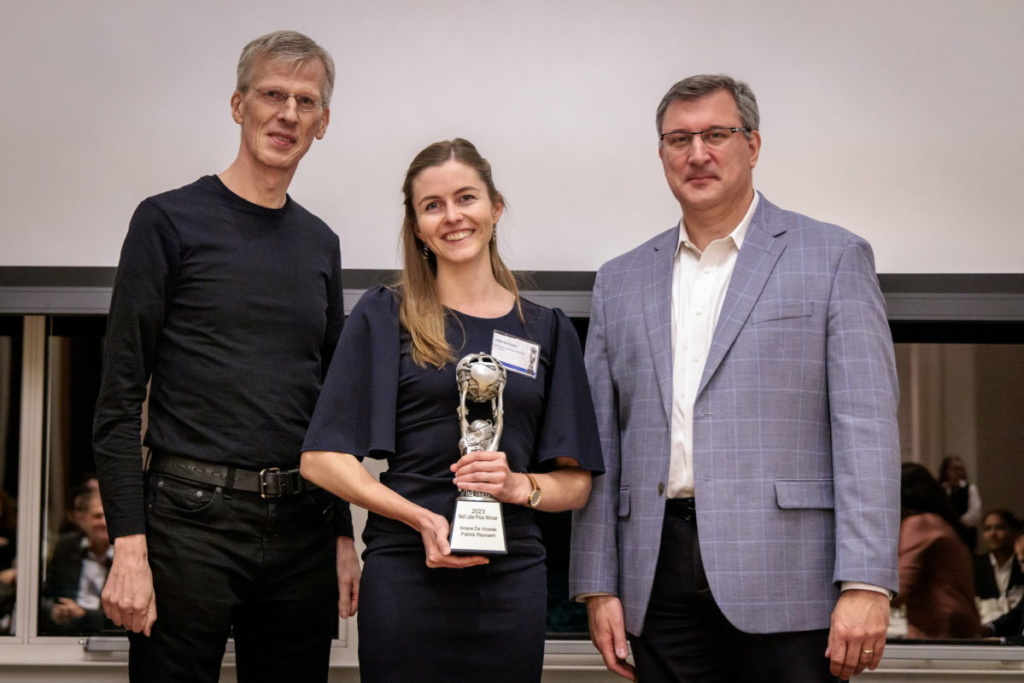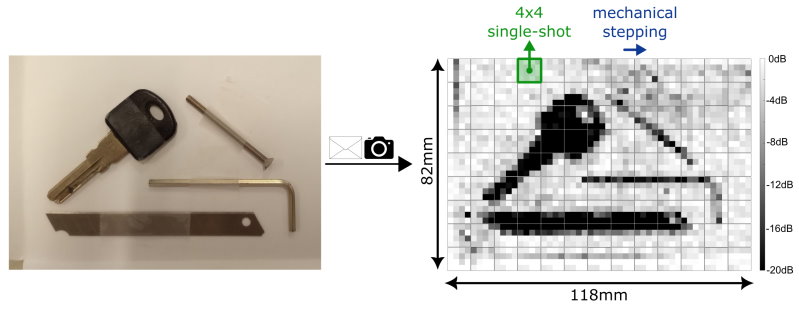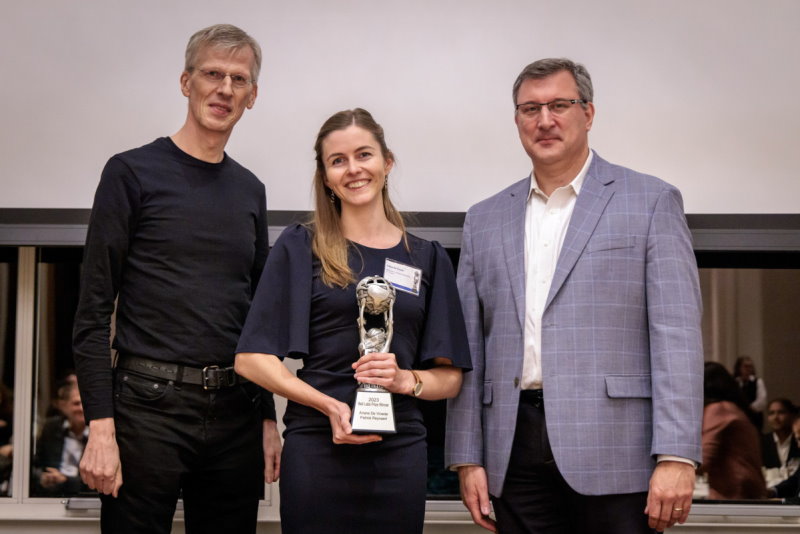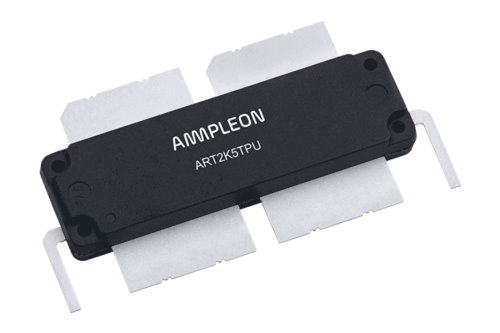Your cart is currently empty!

Closing the terahertz gap with compact, low-cost imagers
Researchers from KU Leuven have recently demonstrated how to realize terahertz imaging in a standard semiconductor technology, paving the way to compact and cost-effective THz sensors. The innovation earned them the prestigious Bell Labs Prize.
To achieve a high level of autonomous driving, vehicles currently rely on a combination of cameras and radars to navigate the complexities of the road. Speaking in terms of physics, they utilize two separate parts of the electromagnetic spectrum. Radars operate in frequency bands around 24 and 77 gigahertz, while cameras are sensitive to frequencies between 400 and 750 terahertz. This implies that there’s a very big portion of the electromagnetic spectrum currently not used by these systems.
Imagine that vehicles would also be able to use the vast spectrum in the THz range. Such advanced sensor fusion would generate a wealth of data, making autonomous systems much more intelligent. Terahertz imaging could bring similar benefits to other application domains, such as medical imaging, security and food safety.

Unfortunately, existing THz imaging systems are bulky, complex and expensive, making their use in high-volume applications unfeasible. This might change soon. Researchers from KU Leuven have recently demonstrated how to realize terahertz imaging in a standard semiconductor technology, paving the way to compact and cost-effective THz sensors.
Harmonic injection locking
Today, CMOS technology is the standard fabrication technique for almost all chips. It enables highly integrated, low-power, high-performance chips at a low cost. When scientists found a way to use the technology to create image sensors, it became possible to make compact digital cameras and, of course, camera phones. We might see the same scenario for terahertz imaging if the technique developed at KU Leuven can be scaled to the required resolution and sensitivity.
The first thing the KU Leuven researchers did was come up with a solution to a fundamental problem of CMOS. Even the most advanced versions of the technology can’t cope with terahertz frequencies. At these speeds, there just isn’t enough time to charge and discharge the internal circuit nodes. Signal amplification becomes impossible. The limit sits around 300 GHz. So, to detect and amplify a THz signal with a CMOS chip, something new needs to be done.
This is where analog circuit design comes in. In contrast to its digital counterpart, which uses standard blocks of transistors that perform a certain binary operation, analog circuit design requires careful sizing and layout of the individual transistors to transform the input signal into the required output signal. The MICAS research division of KU Leuven is known for its expertise in analog and mixed-signal circuit design. During her PhD studies at MICAS, Ariane De Vroede investigated how to exploit the possibilities of analog circuit design to enable CMOS to work at THz frequencies. And with success.
Under the guidance of professor Patrick Reynaert, De Vroede came up with the following solution. The core of the circuit is an oscillator that works at a very high, but still comfortable frequency – for example, 200 GHz. The incoming THz signal, in this case at a frequency of 600 GHz, is coupled into the circuit by an antenna that’s directly connected to the oscillator. Because the frequency of the incoming signal is a multiple of that of the oscillator, harmonic effects will establish a relation between the THz signal and the oscillator output. By carefully choosing the layout of the antenna and of the circuit’s transistors, the output can be made proportional to the power of the incoming THz signal. In other words, we have a CMOS-integrated THz sensor.
The principle used by De Vroede is called injection locking. This is quite common in demodulation circuits, but it’s the first time that it’s employed to detect power at THz frequencies. Because the harmonic effects are crucial, the term harmonic injection locking is used.

Next, De Vroede constructed a four-by-four array with her THz sensors as pixels. A larger imager implies less mechanical scanning of the object and a faster and more reliable result. Again, everything is fabricated as one single CMOS chip. A big advantage is that next to the analog circuitry of the core THz sensors, additional electronic blocks can be integrated for free. They can perform functions such as pixel selection, calibration and analog-to-digital conversion. The small array acted as a demonstrator for various imaging applications. For example, the THz image of an envelope concealing a number of objects reveals its content.

Continuing research
The research was awarded the Bell Labs Prize, which seeks to recognize innovations that solve the key challenges facing humanity. De Vroede and her promotor professor Reynaert won the first prize out of 107 entries from 25 different countries. They received the award and 100,000 dollars during a ceremony at the Bell Labs headquarters in Murray Hill, New Jersey.

Although a lot of R&D is still needed to come to a real product, the researchers in Leuven have clearly shown that terahertz imaging in CMOS technology is feasible. It’s a breakthrough toward widespread adoption because CMOS makes compact and low-cost THz sensor arrays possible. MICAS is planning to continue its research in this field. Using AI to enhance THz images is an example of a promising approach and an interesting topic for a next innovation cycle.


